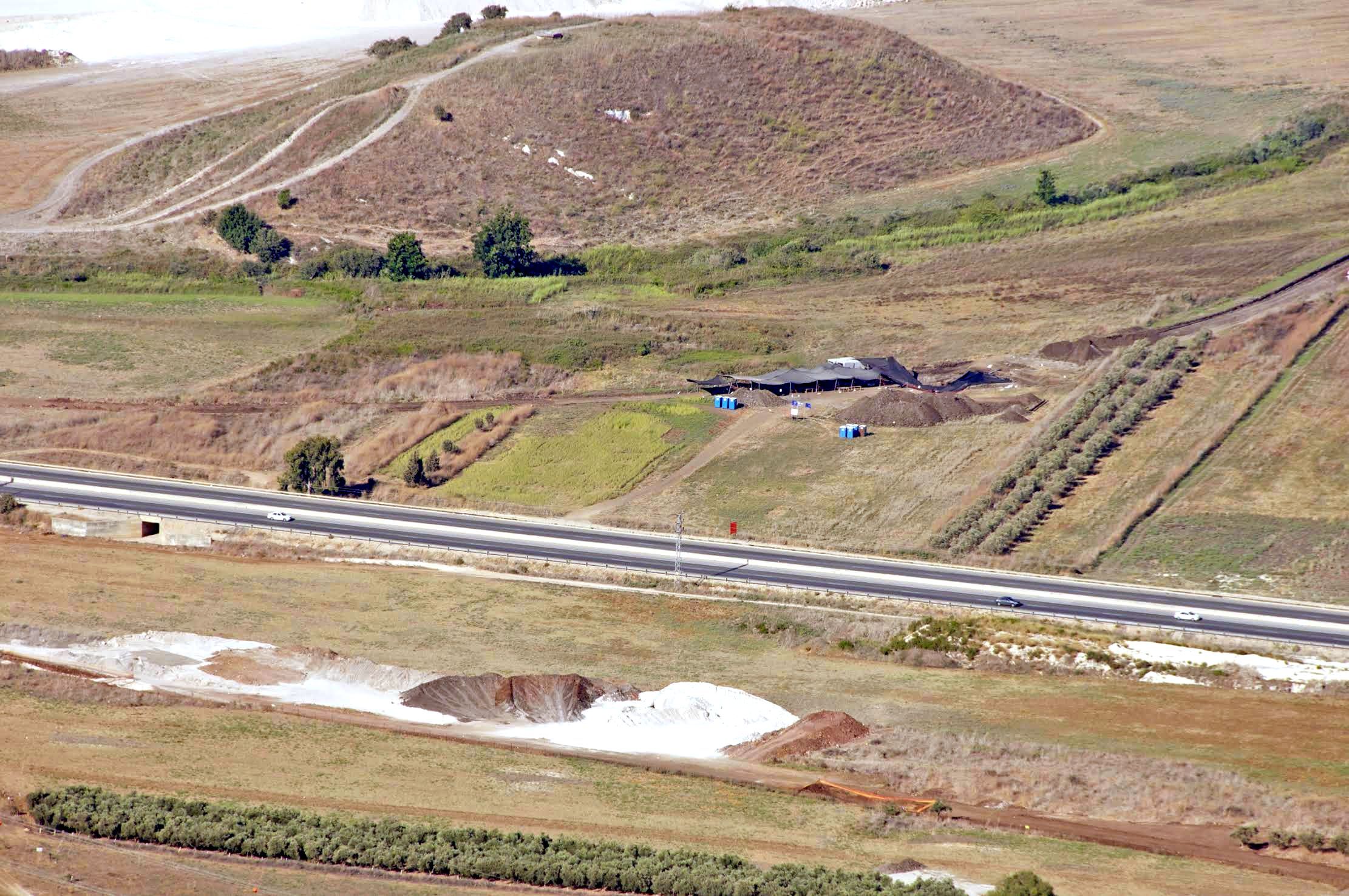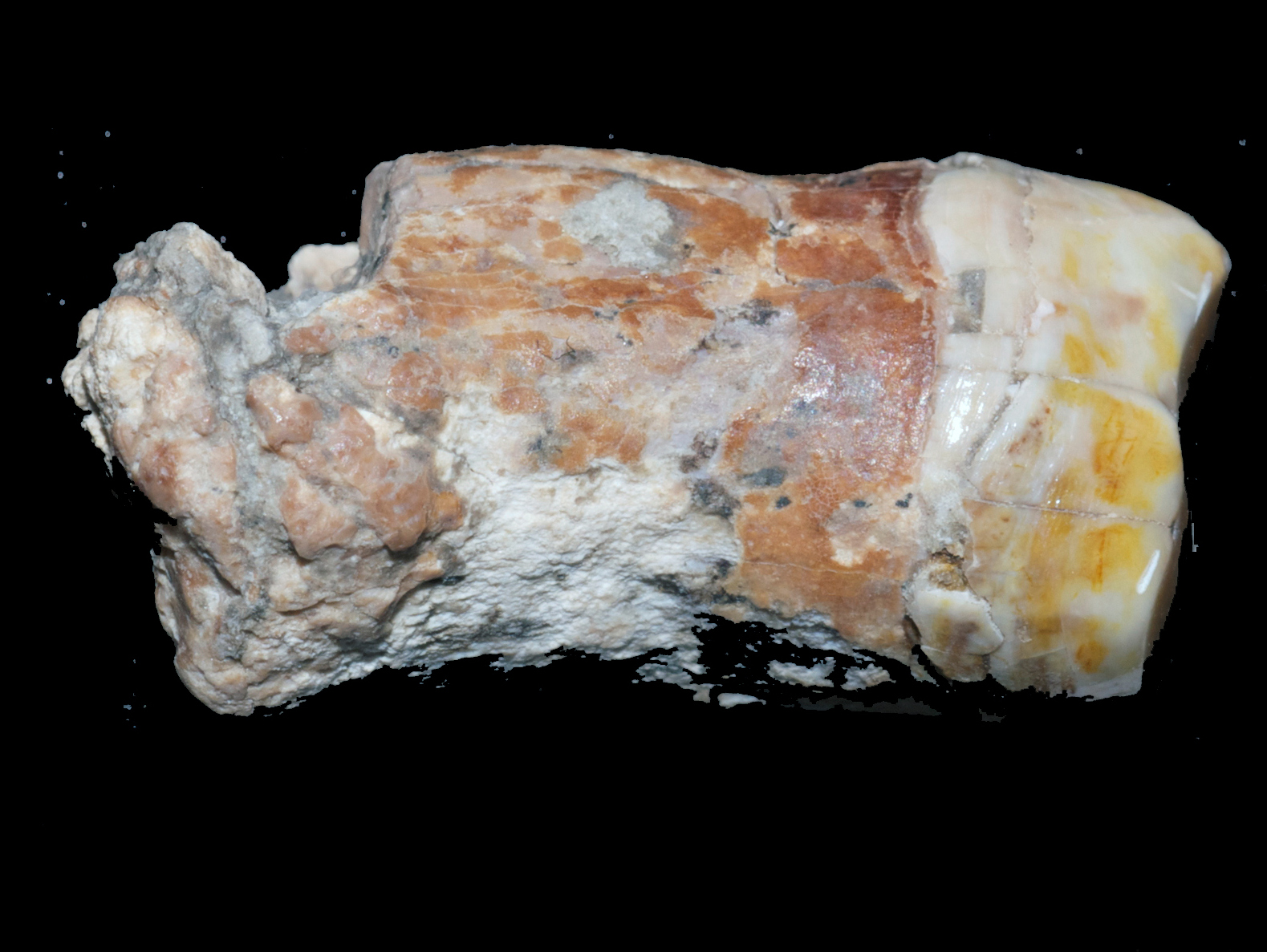
New international research based on prehistoric artifacts from the Qishon area near Haifa prove: cavemen also lived in open landscapes
Popularly known as “cavemen,” Neanderthals have long been depicted by archaeologists as cave dwellers. New international research based on findings from Israel, however, tells a different story. Remnants of two partial skeletons discovered in Ein Qashish, by the Qishon Stream near Haifa, have been dated to the late Middle Paleolithic era, sixty to seventy millennia ago. These are the first human remains from this era and region to have been found outside caves. Neanderthals evidently returned to Ein Qashish repeatedly, occupying both caves and campsites.
Another crucial conclusion arising from said artifacts is that a resilient Neanderthal population shared the same territory with modern man – Homo sapiens – for a long period. Proof of this claim has been found only in the Middle East.
The latest research refutes the contention that Neanderthals vanished from the Levant because they couldn’t adapt to climate changes. Instead, scholars now theorize that tropical pathogens arriving from Africa with Homo sapiens some sixty thousand years ago reduced Neanderthals’ chances for survival. Other experts surmise that Neanderthals were killed off by modern man’s aggression, or that the two species mixed, with Neanderthal characteristics simply phased out of the gene pool.

